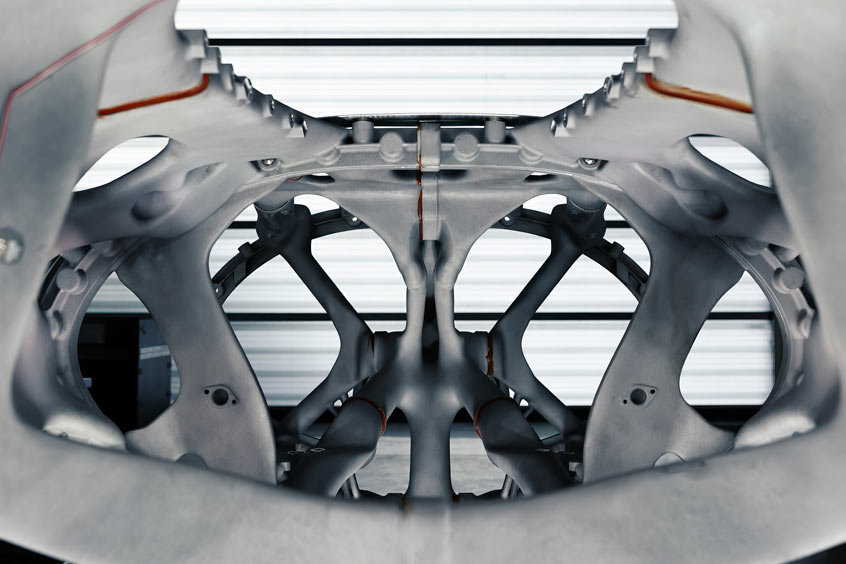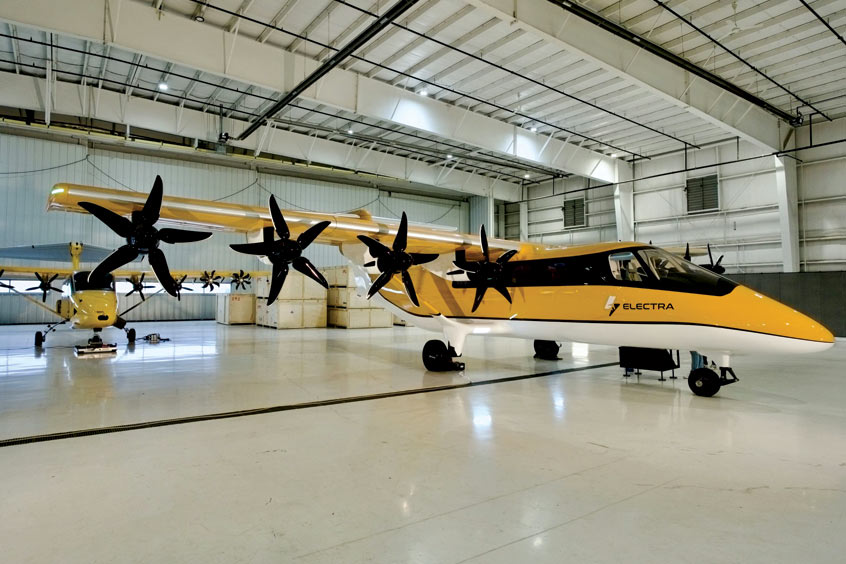TTTech Aerospace is entering the emerging UAV market by providing a certifiable network interface card. Computer hardware and software developer Mercury Systems has selected TTTech Aerospace and SYSGO to provide their high-tech solutions for such programs. TTTech Aerospace now supplies its TTEEnd System A664 Pro (PMC) card to connect the flight control computer from Mercury Systems to the mission system of the UAV, using SYSGO's PikeOS operating system.
“We are very proud that our certifiable TTEEnd System A664 Pro (PMC) card was successfully integrated in a modern UAV avionics system. Our TTEEnd System software driver was adapted to support SYSGO's DAL A certifiable hard real-time RTOS and hypervisor PikeOS, becoming a standard in the aerospace industry. We are delivering our deterministic network interface card and the related driver to Mercury Systems, for their integration into the flight-control computer. It was great working with the highly experienced teams of Mercury Systems and SYSGO during this great program and we look forward to the certification of our network interface card in the coming months,” says Javier Gadea, product manager, TTTech Aerospace.
The UAV's updated avionics use TTTech Aerospace's TTEEnd System A664 Pro (PMC) card, an ARINC 664 part 7 standard compliant network interface card fully supporting AFDX. The card ensures dual-redundant communication via Deterministic Ethernet with other elements of the avionics network, a requirement for safety-critical applications.
Franz Walkembach, vp marketing and alliances at SYSGO, reflects on what has been a three-year project: “Our collaboration with TTTech Aerospace started eight years ago with a research project funded by the German Aerospace Center (DLR). It is great to see the joint work now being successfully deployed with our certified real-time operating system (RTOS) PikeOS together with the customized driver software from TTTech Aerospace integrated in Mercury Systems' flight-control computer. This joint solution enables modular and certifiable avionics platforms that are well-suited to European and international UAV programs.”
Mercury Systems' vp of international growth operations, Paul Tanner, explains the benefits for the customer: “We were able to offer our customer a reliable, certifiable interface for our high-performance flight-control computer solution. This reduced their programmatic and technical risk and allowed them to achieve certification for their UAV in a timely fashion. We have appreciated the work with TTTech Aerospace and their great team of highly skilled engineers.”
TTTech Aerospace's TTEEnd System A664 Pro (PMC) delivers Deterministic Ethernet and uniquely integrates best-effort IEEE 802.3 Ethernet, rate-constrained ARINC 664 part 7 and Time-Triggered SAE AS6802 Ethernet into one physical infrastructure. The TTEEnd System A664 Pro (PMC) is certifiable to civil aerospace standards, including RTCA DO-254/DO-178C DAL A and DO-160G. It is the ideal companion for TTTech Aerospace's Ethernet switching building blocks and network configuration tools for safety-critical applications in everything from UAVs to large aircraft.
The unmanned aerial vehicle market is one of the fastest growing and is forecast to reach a valuation of 58.4 billion US dollars by 2026 according to Markets and Markets.
| Contact details from our directory: | |
| TTTech Computertechnik | Airborne Communication Systems, Avionics Controls, Computer-aided Design, Data Bus, Electronic Components, Engine Controls, Research/Consulting Services |
| Mercury Systems, Inc. | Airborne Communication Systems, Command, Control & Intelligence Systems, Electronic Warfare Systems, Flight Recorders, Onboard Computers, Reconnaissance Radar |
| SYSGO GmbH | Avionics Management Systems |
| Related directory sectors: |
| Flight and Data Management |
Weekly news by email:
See the latest Bulletin, and sign up free‑of‑charge for future editions.

Saab advances digital manufacturing with autonomous fuselage

Airbus deploys Stratasys printed parts for A320, A350 and A400M

Electra kicks off Part 23 application for hybrid-electric EL9
